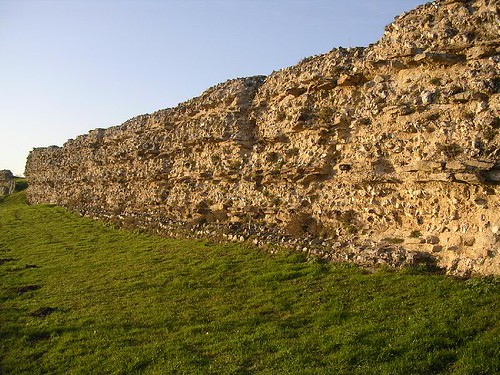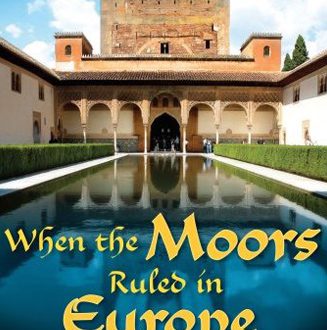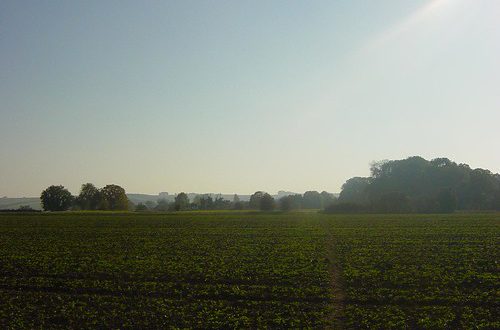 Boudicca’srampaging Celts tore through Calleva Atrebatum, now Silchester, killing thousands of Romans and leaving the town a smouldering wasteland. That’s what 13 years of excavations at the Berkshire town suggest, say a leading expert. Professor Michael Fulford of the University of Reading claims Silchester bears all the scars of the AD60 rebellion, in which up to 80,000 people were massacred by Boudicca and her Britons.
Boudicca’srampaging Celts tore through Calleva Atrebatum, now Silchester, killing thousands of Romans and leaving the town a smouldering wasteland. That’s what 13 years of excavations at the Berkshire town suggest, say a leading expert. Professor Michael Fulford of the University of Reading claims Silchester bears all the scars of the AD60 rebellion, in which up to 80,000 people were massacred by Boudicca and her Britons.
An Iron Age settlement was found at Silchester just last year – and though it is often overlooked in the pantheon of Roman British towns Prof. Fulford insists it was at least as important than its popular neighbour Winchester. “Winchester became an important military location for the Romans and so was Silchester,” he says. “There’s more to see at Silchester than there is at Winchester.”
Prof. Fulford and his team’s endeavours have concluded that there was a major military presence at Calleva from around AD40, then destruction and burning between AD60 and AD80. And while it may be 50 miles from London, Prof. Fulford believes it could have fallen victim to Boudicca’s bloody revolt before she was defeated at the Battle of Watling Street by Roman general Suetonius Paulinus, the location of which remains a mystery. “The settlement is completely wiped out somewhere between 60AD and 80AD, and it starts again in 70AD,” he says.
Boudicca (not Boadicea) was an queen of the Iceni tribe from modern-day Norfolk, who fought her way through southern Britannia after the ruling Romans took her people’s land and raped her daughters. Her ephemeral existence after Watling Street has led to a host of theories surrounding her final resting place – some have even suggested she is buried beneath King’s Cross station.
Watch our special Ancient World in London video on Boudicca below, and click here to discover more about Roman London and Colchester, both of which were torched during the revolt.
HD Video: Episode 6 – Boudicca, Warrior Queen
(Transcription of this video.)





